
Google’s got a new consumer hardware initiative is a mobile phone with machine vision eyes, ultra-fast inner-ears and spatially aware brains. And around that 5″ Android reference hardware, could this be all your AR Kickstarters come true?
Displaying search results
169 Results
Google’s got a new consumer hardware initiative is a mobile phone with machine vision eyes, ultra-fast inner-ears and spatially aware brains. And around that 5″ Android reference hardware, could this be all your AR Kickstarters come true?
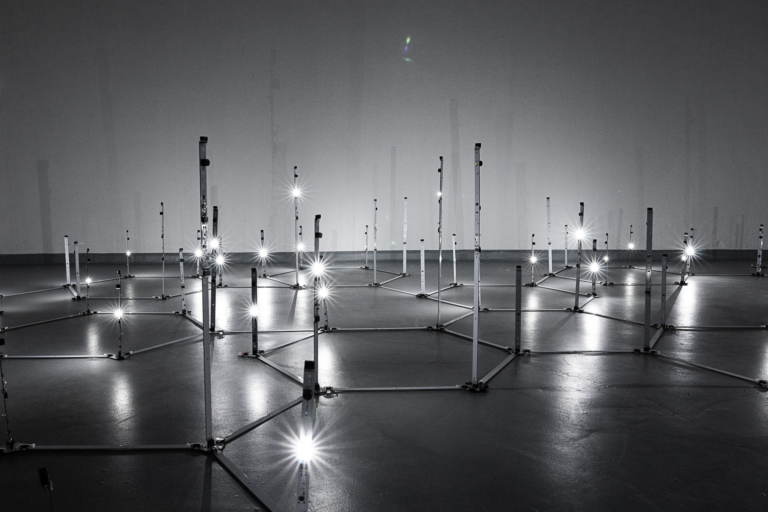
‘Floating Codes’ is a site-specific light and sound installation that explores the inner workings and hidden aesthetics of artificial neural networks – the fundamental building blocks of machine learning systems or artificial intelligence. The exhibition space itself becomes a neural network that processes information, its constantly alternating environment (light conditions/day-night cycle) including the presence of the visitors.
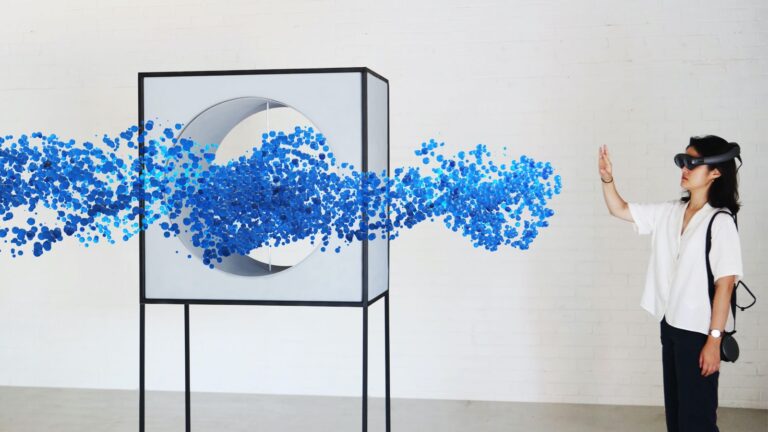
Digital Atmosphere is a Mixed Reality experience from internationally renowned digital artist duo Daria Jelonek and Perry-James Sugden, known as Studio Above&Below. The piece looks at how technology and art can illuminate the quality of air, usually invisible to the naked eye, and bring us an urgent step closer to a sustainable future. At a…
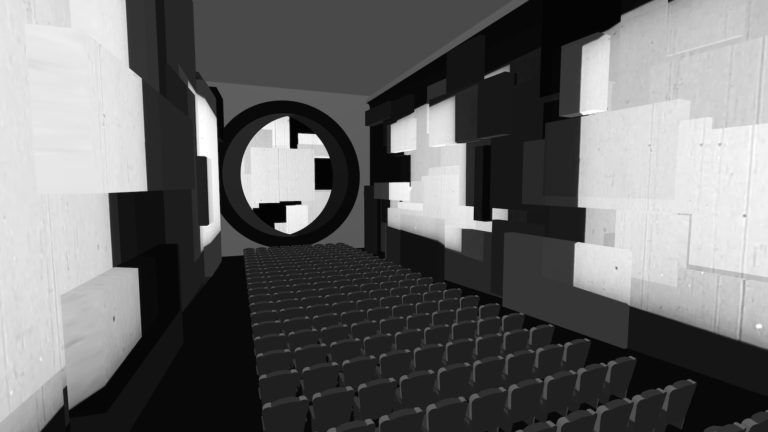
House of Shadow Silence is a VR experience by Portland-based software artist Jeremy Rotzstain. In it, the artist recreates Austrian architect Frederick Kiesler’s 1929 movie theatre the Film Guild Cinema and uses it to ‘build a world’ of light, geometry, and motion.
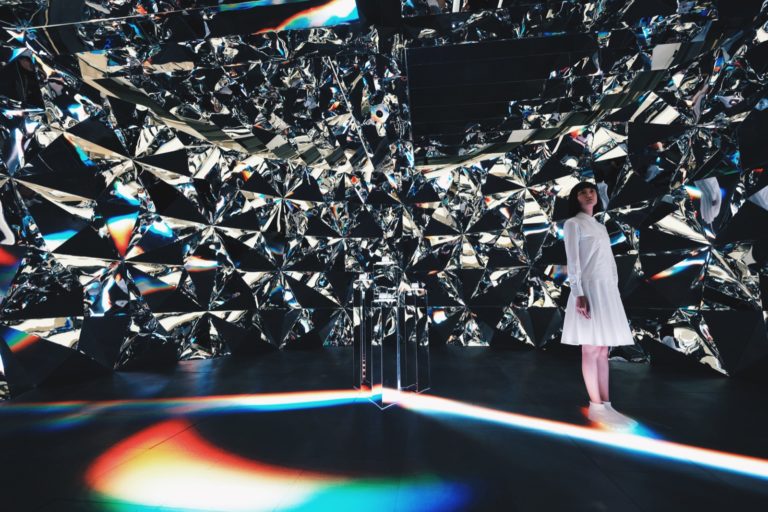
Created by XEX for Dr.Jart+, ‘Prismverse’ is an installation inspired by light rays travelling in a diamond with Brilliant cut (wikipedia) – a form that produces highest brilliance with maximized light return through its top. Surrounded by complex geometrical tessellated mirror walls, the visuals on the floor, their reflection and omnidirectional sound encapsulate the visitor.
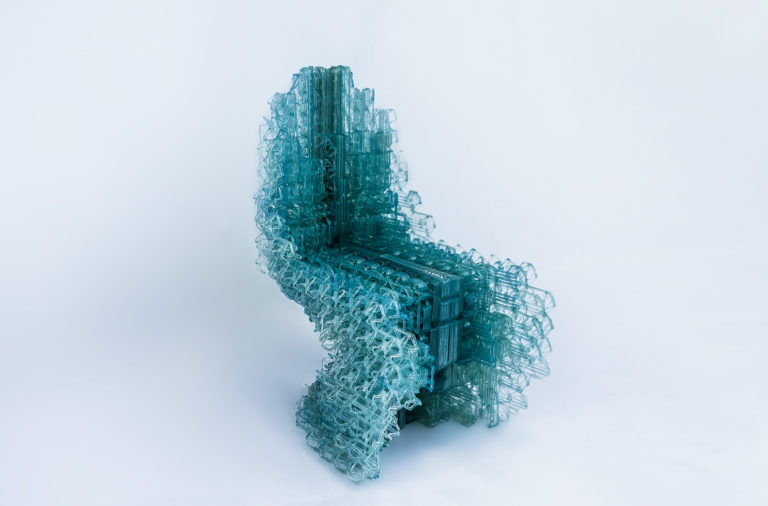
Created by Manuel Jiménez Garcia and Gilles Retsin, ‘Voxel Chair’ is a first prototype designed using a new design software specifically developed for robotic 3D-Printing which rather than using pre-defined forms and then “slicing” these it into toolpaths or triangular patterns, allows to design and control thousands of line-fragments.
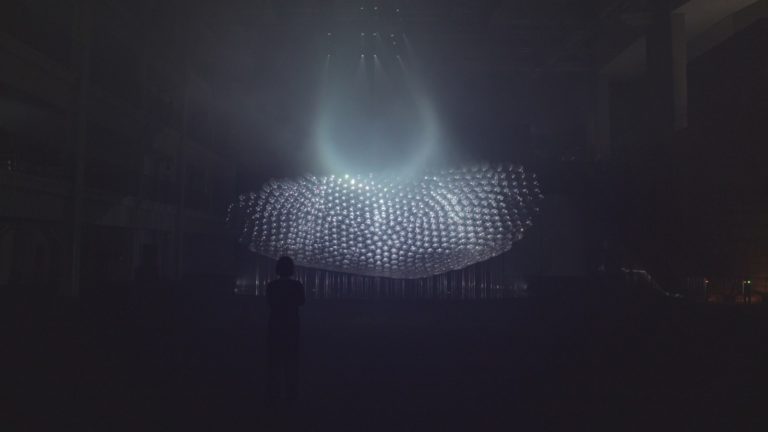
Created by Seoul based duo Kimchi and Chips, “The Light Barrier Third Edition” is the latest and largest in the series of works by the studio to create volumetric drawings in the air using hundreds of calibrated video projections.
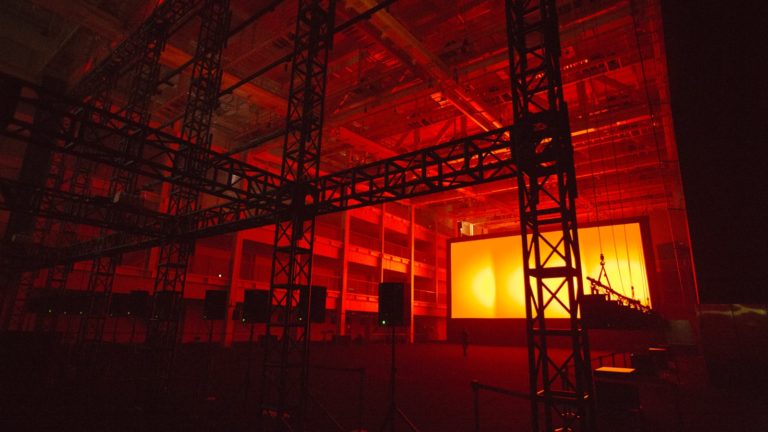
Ryoichi Kurokawa sets out a new phase of his use of space with light and sound, and how different mediums can be merged in space and time as single unit. node 5:5 fills the ACC in Gwangju, South Korea with mesmerising abstract information and imagery, intoxicating the viewer in an unforgettable visual, auditory and spatial experience.
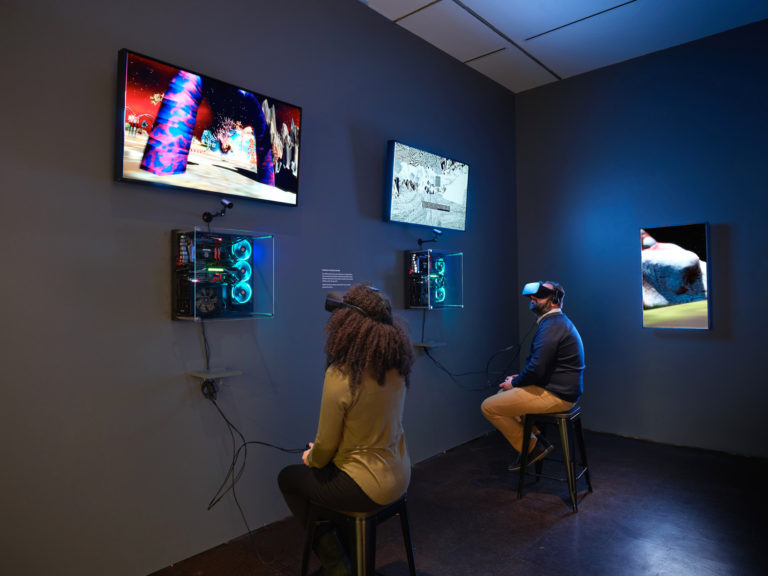
DiMoDa is a VR-based ‘digital museum for digital art’ initiated in 2015. After a busy 2016 the museum’s second iteration is currently showing at RISD Museum in Rhode Island. The museum’s co-founder Alfredo Salazar-Caro sheds a little light on where there platform has been, and where it is going.
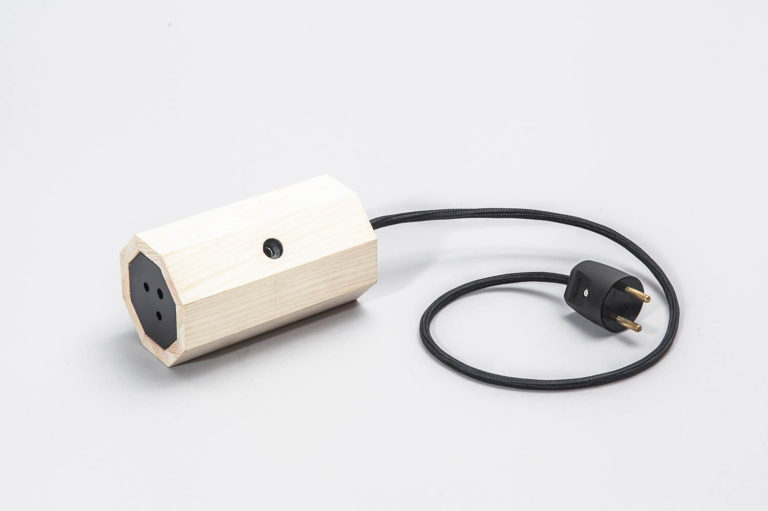
Created by Bjørn Karmann at CIID, Objectifier empowers people to train objects in their daily environment to respond to their unique behaviours. Interacting with Objectifier is much like training a dog – you teach it only what you want it to care about. Just like a dog, it sees and understands its environment.
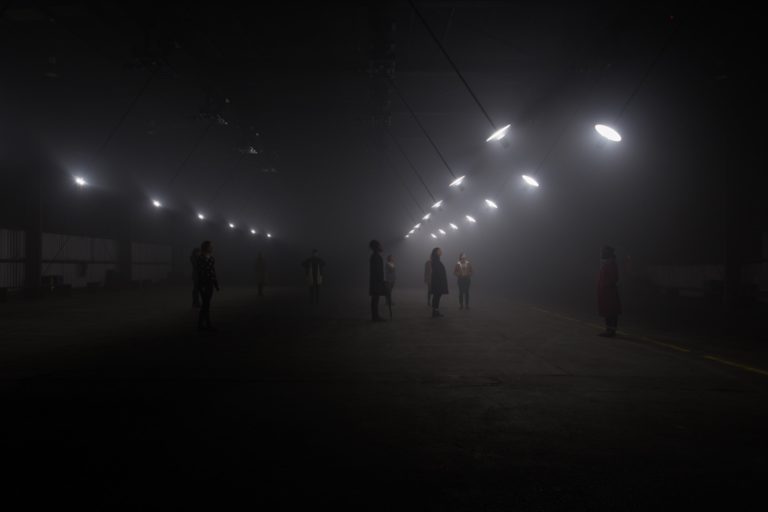
Our Time is the latest large-scale installation by United Visual Artists, investigating the subjective experience of the passing of time. The installation is comprised of 21 bespoke mechanical pendulums that swing at a pace apparently unhindered by the laws of nature and where no single time measurement applies.
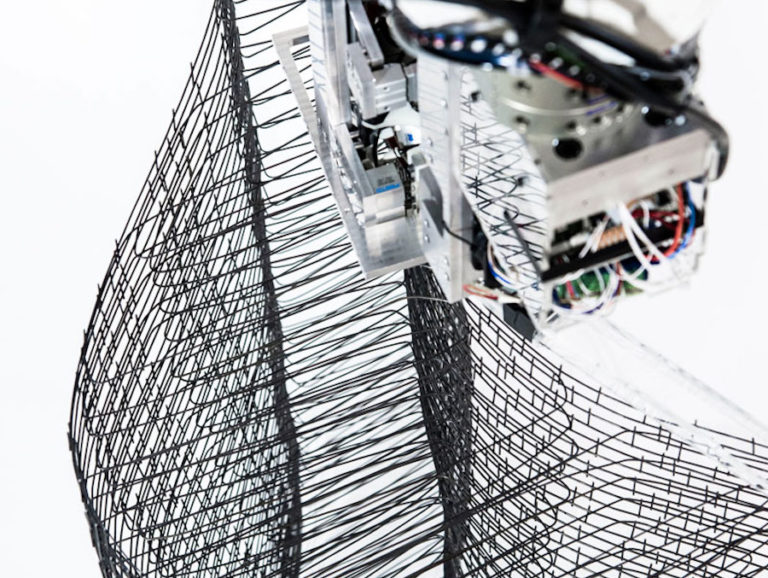
This research project by Gramazio Kohler Research at ETH Zurich titled ‘Mesh Mould’ investigates the unification of reinforcement and formwork into a single robotically fabricated material system. Developed with the use of industrial robots, the process allows ‘spatial robotic extrusion’, creating interdependencies of mesh typology and concrete.
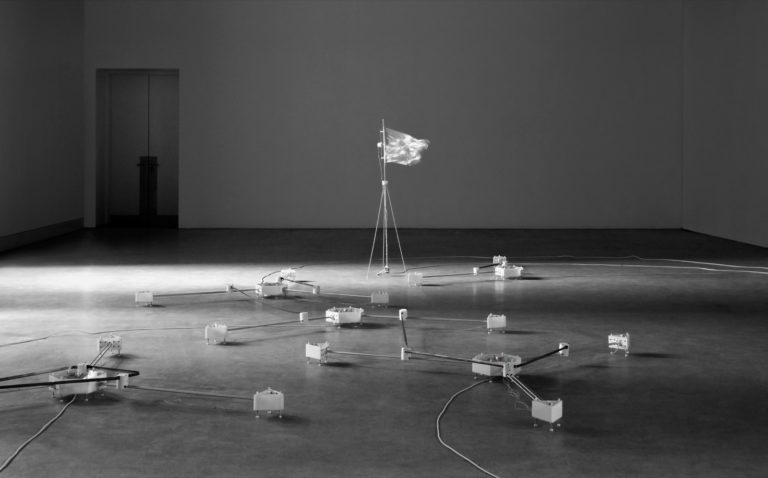
Created by Luiz Zanotello, The Aerographer is an installation that explores the state of uncertainty in times of ubiquitous technological mediation, borders among territories and boundaries among bodies.

Created by LUSTlab in collaboration with The Mobile City, Binnen de Lijnen is part of an ongoing research project called Public Space – Public Matter from Trancity. Over 100 children took part in colouring the playground which visualised the spatial organization of Schilderswijk’s social life.
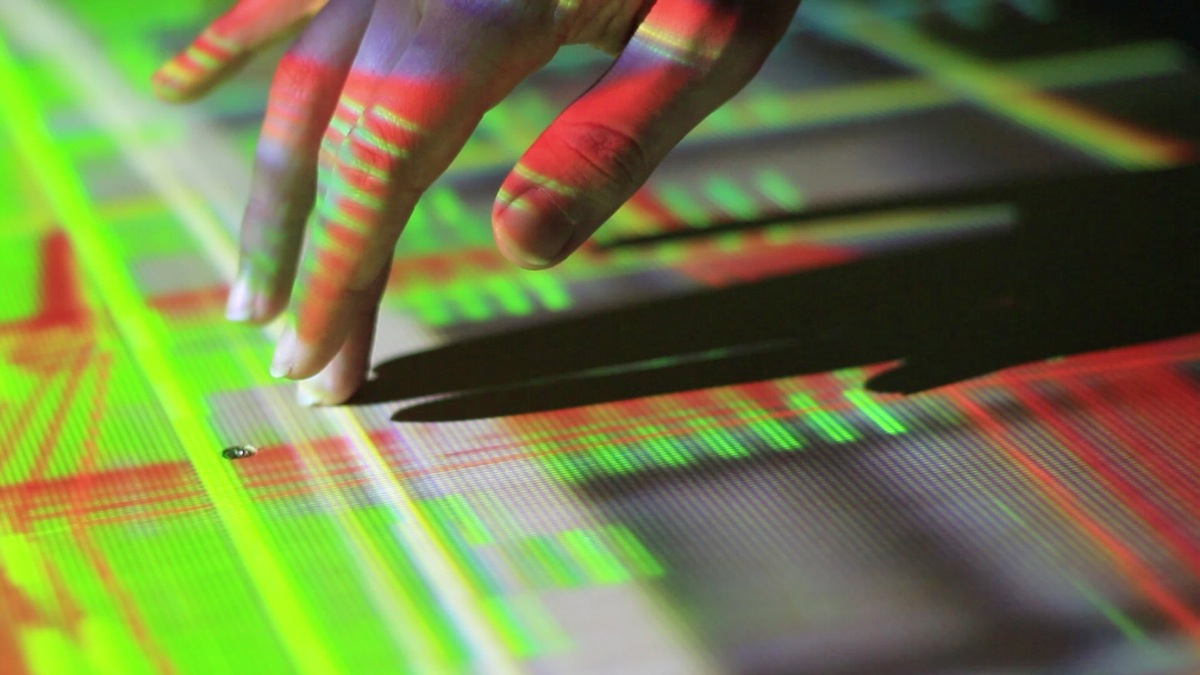
Contact is an acoustic research project that turns any hard surface into an interface. The installation uses contact microphones, passive sonar and waveform analysis to recognise information of touches, ie where a surface has been hit or how a hand has made contact.

IDNA by Sylvain Joly is the first story deployed on their spatial storytelling prototype for the iOS platform. Each scene of the story is designed in 360 degrees, and thanks to the built in gyroscope, it can be explored virtually throughout.
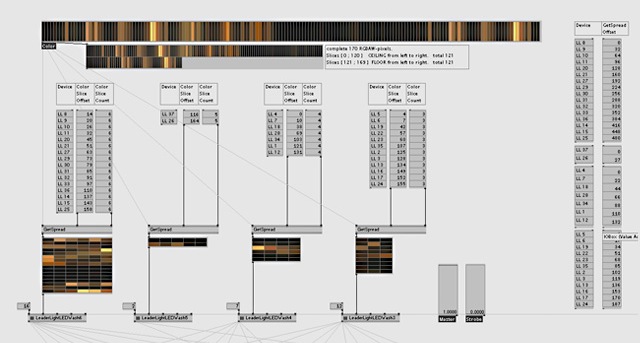
Visual programming languages, languages that create programs by the manipulation of graphical elements, as opposed to specifying lines of text, have seen an increased popularity in recent years both in audio and video synthesis..

Created by Daito Manabe, Continuum Resonance is an installation where autonomous artworks installed in each space of “VS” interact with each other by sharing mathematical algorithms, music programming, and 3D architectural data.

Hyperthread explores the aesthetics of parametric chip design through the lens of the Jacquard Loom. It is based on public domain microchips and emulators that perform different functions such as a cryptographic key generator, a general purpose CPU or a simple flipflop (the fundamental building blocks of a microchip).

Created by Christine Brovkina at the University of Bremen, I!&3_OCR is a typography project exploring human-only legibility. It comprises a series of typographic experiments with OpenType and Variable Fonts technologies, which are only readable by humans, and any attempt to recognise a text set in this typeface using OCR (Optical Character Recognition) tools will produce incorrect results.

LSI is an experimental platform designed to explore the artistic potentials of generative AI within immersive spatial installations. Visitors are invited to step into a fluid audiovisual environment that can be transformed through 3D video projection mapping.

Sonic Imagination is a speculative auditive environment that places four scenarios for demographic change in Switzerland until the year 2070 on the Freilager-Platz in Basel. The project investigates the hypothesis that virtual sound sources in media-enhanced listening environments are particularly suitable for triggering and controlling imaginations in people’s inner perception.
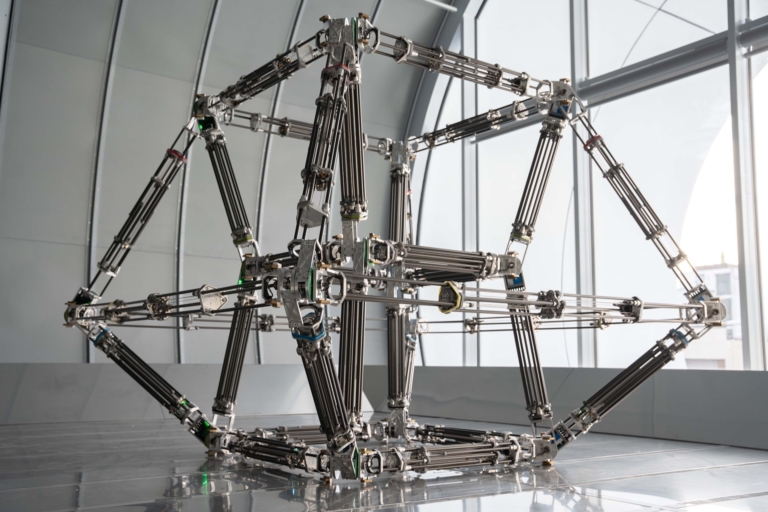
Created by Julius von Bismarck & Benjamin Maus, Round About Four Dimensions sculpture represents a “hypercube”, “four-cube” or “tesseract”, often cited in mathematical and physical theories to illustrate concepts beyond three spatial dimensions.
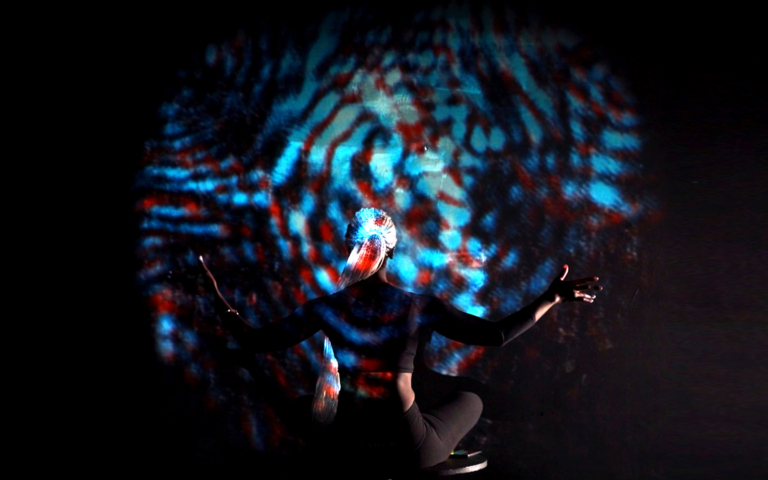
‘A Drop of Light’ is an interactive new-media art research project aimed at developing a computer-generated holographic spot as a responsive techno-hypermedium with which the performer interacts and her techno-perception is embodied, expressed, and analyzed.
Creativeapplications.Net (CAN) is a community of creative practitioners working at the intersection of art, media and technology.
Join us today by becoming a Member.
• Archive: Access thousands of projects, scores of essays, interviews and reviews.
• Publish: Post your projects, events, announcements.
• Discuss: Join our Discord for events, open calls and even more projects.
• Education: Tutorials (beginners and advanced) with code examples and downloads.
• Jobs Archive: Find employers who have recruited here in the past (over 1,000 jobs).
• Discounts: Special offers and giveaways (events, books and media).
• Ad-Free Reading: No advertisements or banners of any kind.
• Studios/Organisations: Read more about benefits here.